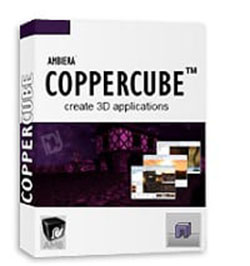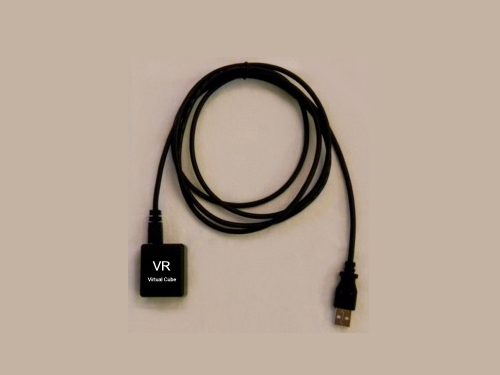

Check the toggle if you want to loop the animation or not. For example, if your sprite sheet has 12 columns and 8 rows, fill them in the rows and columns field, specify the AnimationTime( it is the time one frame takes to switch to another frame ) then specify the StartFrame and EndFrame for your animation, it is the number of tiles (sprite) through which you want the animation to get started and the number(index) of the sprite at which you want the animation to end. Usage:-Īttach this action to any behavior and fill in the parameters, Select the Affecting_node (the node on which the sprite sheet texture is applied), and Set the number of rows and columns according to the sprite sheet.
#Coppercube vr phone how to
This extension might also increase the game performance, as it will be using only a single texture so that the game won't use multiple load texture commands and not use multiple render calls, so the fewer the render calls for the textures the faster your game performance will be.Ĭheck out the demonstration video on the right on how to use the extension and how it will work. meaning you can choose from which row or column (tile) the animation should start playing and then end on which column. It also allows you to specify the Start Frame and End Frame for the animation. You can specify the total number of columns and rows in your sprite sheet and the extension will automatically prepare the animation for you from that info. You looked at the sprite sheet above of the green Dino up there, here is the result of using that sprite sheet with this action. This extension action will allow you to use a single image for your character or object and will allow you to animate the character using the sprites from that single image, just like any other sprite sheet animation system. This is best suited for 2D games and works with all sprite sheets that can be cut on the basis of rows and columns. It comes in handy for both application, web and game designers, providing a generous tool set that they can use to deliver impressing results.A CopperCube extension that allows you to use 2D Spritesheets in your app or game.

Making use of the Direct3D and OpenGL rendering technologies, CopperCube enables you to design anything from simple objects to 3D virtual reality scenes with complex elements. A powerful 3D modelling program suitable for all designers
#Coppercube vr phone android
Mobile app developers can integrate it with the Java SDK or the Android SDK so as to create interactive apps and games. More advanced users can take advantage of the integrated scripting API in order to define actions for the objects they create. There are various options for recalculating angles and setting vertex colors, modifying polygons, creating and merging meshes. The application can generate 3D rooms from 2D maps and enables you to fully control scene lighting.
#Coppercube vr phone full
Full control over lighting, angles and views The perspective can be easily changed, since you can look at the scene from all angles and freely rotate the view so as to pay attention to all the details. You can set camera controllers and create new view styles that are suitable for your application or game, including first person, third person, model viewer or non-moving cameras. From the very same window, you can easily insert new geometrical objects into the scene or use the collection of prefabs, modify the texture of each object, change attributes, materials and use the predefined commands to set the behaviour of each object. Create realistic 3D objects and scenesĬopperCube is very easy to work with, providing one click access to all the tools.


It allows importing from some of the most popular 3D modelling programs and helps you create your 3D scene without requiring programming knowledge. CopperCube provides an intuitive working environment for designers and game creators, challenging their creativity to build simple to complex 3D scenes and objects.


 0 kommentar(er)
0 kommentar(er)
